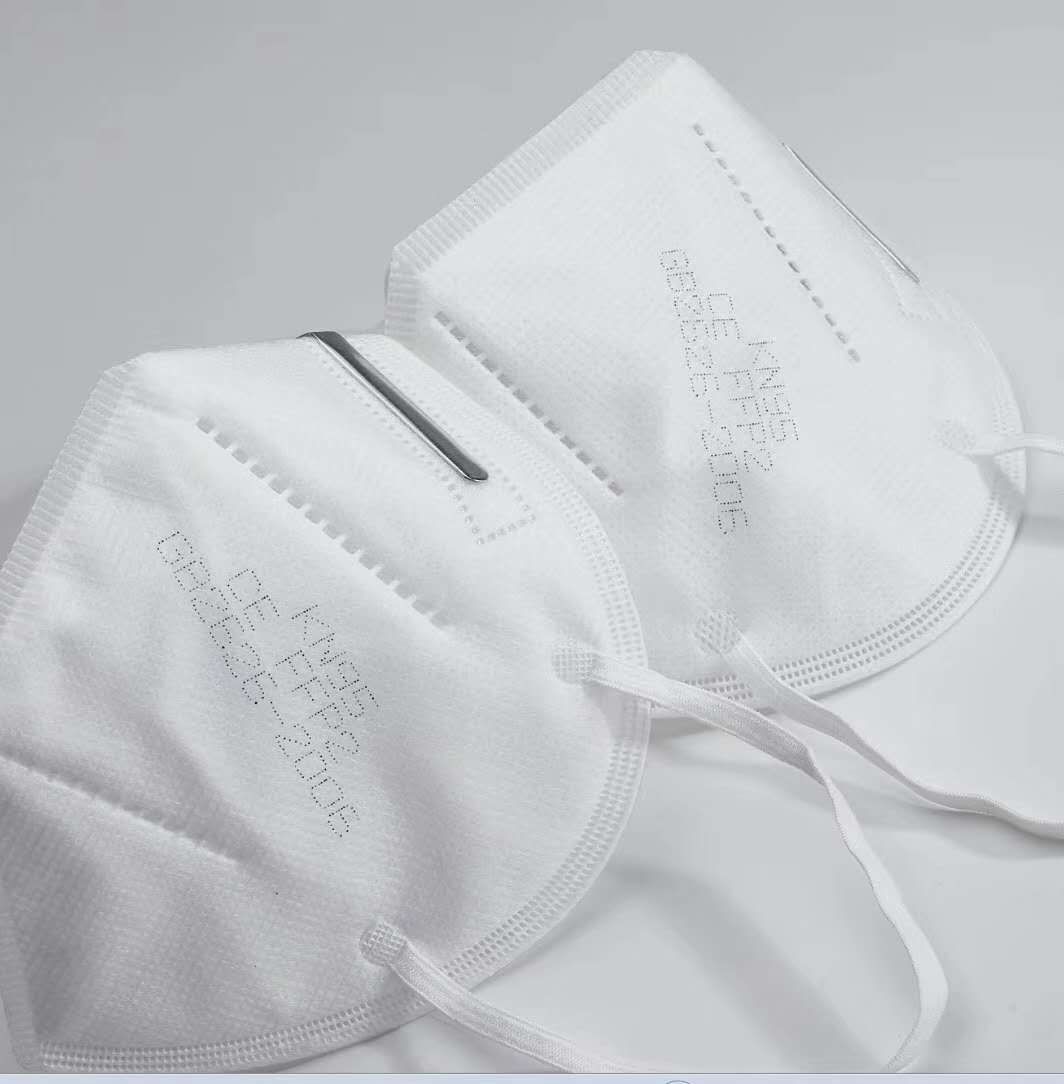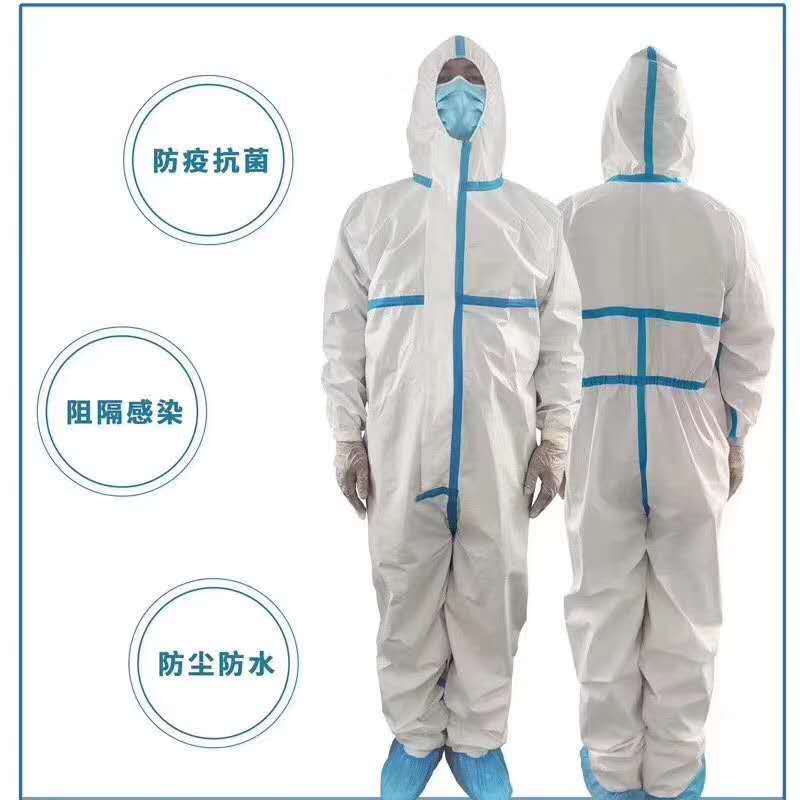Gestational week | Reference range (ng/ml) | Gestational week | Reference range (ng/ml) | Twin pregnancy (ng/ml |
12 | 0.3-1.0 | 22-23 | 2.7-16 | 3-18 |
13 | 0.3-11 | 24-25 | 2.9-17 | 3-20 |
14 | 1.4-1.6 | 26-27 | 3.0-18 | 4-21 |
15 | 1.0-4.4 | 28-29 | 3.2-20 | 4-22 |
16 | 1.4-6.5 | 30-31 | 3.6-22 | 5-25 |
17 | 1.5-6.6 | 32-33 | 4.6-23 | 6-39 |
18 | 1.6-8.5 | 34-35 | 5.1-25 | 7-39 |
19 | 1.9-11 | 36-37 | 7.2-29 | 9-38 |
20 | 2.1-13 | 38-39 | 7.8-37 | 13-40 |
twenty one | 2.6-14 | 40-42 | 8.0-39 | -- -- |
In 2019, the New Coronary Pneumonia virus raged all over the world. Our company produced many anti-epidemic materials, including nucleic acid detection reagents, antibody detection reagents, colloidal gold, disposable civilian masks, KN95 masks, gloves, surgical clothes, ventilator, N95 medical masks, Sexual medical masks, frontal temperature guns, face masks, KN95 masks with breathing valves, disposable medical surgical masks, etc., protective clothing, isolation clothing, nucleic acid detection reagents, exported all over the world, help people around the world resist the epidemic, hope to overcome the epidemic as soon as possible Back to normal.
In 2019, the New Coronary Pneumonia virus raged all over the world. Our company produced many anti-epidemic materials, including nucleic acid detection reagents, antibody detection reagents, colloidal gold, disposable civilian masks, KN95 masks, gloves, surgical clothes, ventilator, N95 medical masks, Sexual medical masks, frontal temperature guns, face masks, KN95 masks with breathing valves, disposable medical surgical masks, etc., protective clothing, isolation clothing, nucleic acid detection reagents, exported all over the world, help people around the world resist the epidemic, hope to overcome the epidemic as soon as possible Back to normal.
Disposable protective mask
Disposable medical protective clothing
Frontal temperature guns
Disposable nitrile gloves


Medical Kn95 Mask,Disposable Medical Gowns,Disposable Protective Clothing,Infrared Forehead Thermometer
Guangzhou Zhongzhinan Supply Chain Co.,Ltd. , https://www.gzzhongzhinan.com